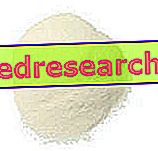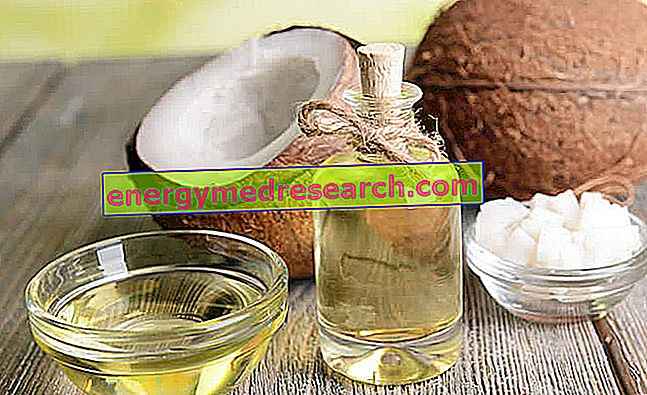Foods rich in Dextrose
Dextrose, or glucose if you prefer, is a very common sugar; it is found in the free state in some vegetables, especially in ripe fruit, and in honey. Combined with other monosaccharides, it is part of the composition of numerous disaccharides (saccharose, maltose, lactose and cellobiose) and is the exclusive constituent of polysaccharides such as starch, glycogen and cellulose; so it is not surprising that dextrose is the most common organic compound in nature.
Functions
Functions of the Dextrose in the human body
From the chemical point of view, glucose is a monosaccharide (a simple sugar) that has six carbon atoms (it is an hexose, in particular an aldohexose because it has an aldehyde function).

Glucose represents the main energy source of our cells and many other organisms, whether complex or extremely simple, like some bacteria. The cells also store dextrose in the form of polymers, in particular starch in the plant kingdom and glycogen in the animal kingdom.
In humans, glucose is the only energy source of the brain and red blood cells; also for this reason it is essential that its rate in the blood (called glycaemia) remains around 5 mmol / L and this happens thanks to a series of hormones, in particular insulin and glucagon, and to the important metabolic role of the liver. When the blood glucose concentration falls below this level, one can experience a state of neurological distress, more or less accompanied by other symptoms (see hypoglycemia). Conversely, too high a concentration causes serious consequences when it persists over the long term (see diabetes).
Production and supplements
Dextrose is industrially obtained from the total hydrolysis of starch, generally coming from corn or potato starch; it appears as a white crystalline powder, similar to sugar but with a less sweet taste (in sugar or sucrose glucose is found combined with fructose, which has a sweetening power 1.5 times higher than sugar). The sweetening power of dextrose is equal to 70-75% of that of white table sugar. Dextrose is soluble in water with an endothermic action (absorbs heat); in fact a pinch of dextrose on the tongue causes a pleasant sensation of freshness. Moreover, it allows a better perception of aromas. Dextrose, like sugar, also has a good bacteriostatic quality, due to its high osmotic pressure.
Dextrose is widely used in the food sector, in the preparation of the most varied confectionery and bakery products, and pharmaceutical, as a sweetener, excipient and energetic substance in various forms (tablets, syrups, physiological solutions, etc.). Dextrose is added to ice creams to prevent sugar crystallization and lower the freezing point of the mixture, in percentages equal to 8-12%; by virtue of its sweetening power lower than sugar, dextrose is used when it is necessary to keep the total solids content of the recipe low, decreasing the sweet taste, sometimes made excessive by the presence of some ingredients such as certain types of fruit.
Dextrose is marketed as a food supplement and used as such especially in post-training, to help restore muscle energy stocks and facilitate the entry of glucose and amino acids into the fibers.



